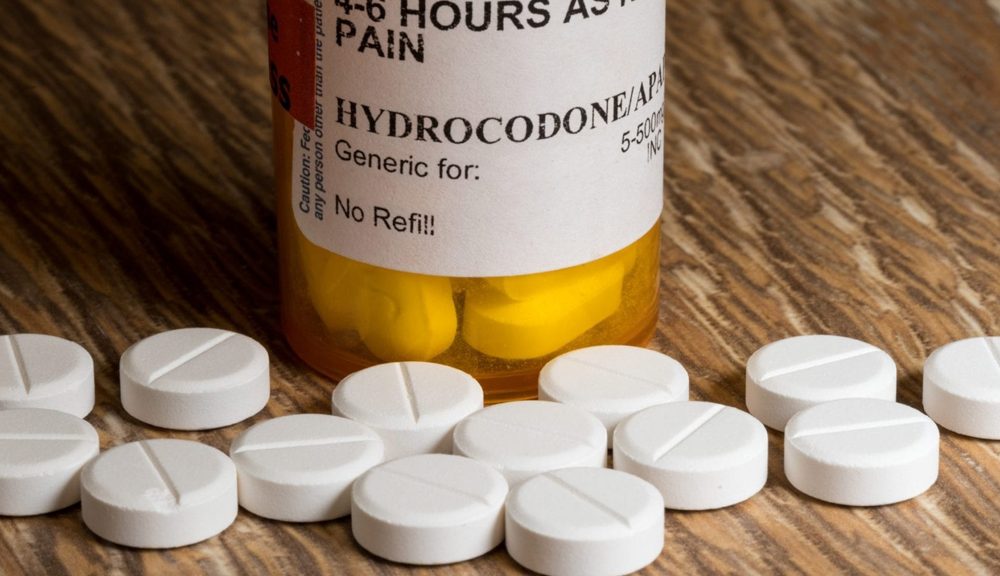
Can Users With A Vicodin-Abuse Problem Experience Withdrawal Symptoms?
As a narcotic painkiller, Vicodin usually helps patients alleviate pain for about 6 hours. Since it is immensely addictive, you need a doctor’s prescription to use it, as is the case with most opiate painkillers. Users who take Vicodin for an extended period have a higher chance of becoming addicted to it.
When a user has developed an addiction or a tolerance to Vicodin and tries to stop taking it, they will experience Vicodin withdrawal, which is the body’s reaction to removing a substance it has become dependent on. Vicodin consists of a combination of two ingredients: Acetaminophen and Hydrocodone. The Acetaminophen component of the drug increases the chances of a user overdosing on Vicodin since it is a liver toxin. The Hydrocodone in Vicodin is responsible for withdrawal symptoms experienced by users who stop taking the drug.
During this period of detoxification, the user’s body resists and presents various harmful withdrawal symptoms. These symptoms can be persistent and force the user into bed rest for a long time. Some people are capable of undertaking their home and work responsibilities during this period.
What Causes Vicodin Withdrawal?
When one takes Vicodin, the Hydrocodone attaches to the opioid receptors located in the brain, causing one to become dependent on it after a very short time. This also means that the withdrawal symptoms will present themselves just as quickly. Vicodin triggers the opioid receptors in the brain and alters its chemistry to change neurotransmitter levels, such as dopamine. This makes your brain feel abnormal without Vicodin such that when you stop using it suddenly, you experience symptoms like anxiety and depression. Other expected psychological symptoms that may occur when a dependent user stops using Vicodin include suicidal thoughts and hallucinations. Physical symptoms are also a common occurrence as the body also gets used to the drug.
Withdrawal Symptoms
These symptoms typically start appearing around the time the user would be taking their next dose of Vicodin. So if one takes Vicodin every 3 hours, the cravings would start showing at the 3-hour point. These cravings will worsen gradually after the first few days of stopping the drug, then climax after about a week and subside dramatically afterwards.
Long and short-term Vicodin users can still feel withdrawal symptoms, and they vary from each person. Someone who takes Vicodin for just over a week can still experience withdrawal symptoms after one or two days if they alter their dosage or stop taking it entirely.
The withdrawal symptoms from Vicodin detox are similar to flu symptoms, and some of them include:
 Goosebumps
Goosebumps- Intense sweating
- Vomiting and nausea
- Uncontrollable muscle twitching
- Cold flashes and fever
- Muscle and stomach cramps
- Diarrhea
- Increased heart rate
- Body pain
Even though Vicodin withdrawal is not lethal, a doctor should supervise the process to help users safely wean off the drug.
What is the Withdrawal Timeline for Vicodin?
As is the case with any other opioid medication, Vicodin also has a withdrawal timeline that differs based on the user’s last dose, the frequency of the dosage taken, genetics, and tolerance level.
Within 6-12 Hours
During this period, after taking the last dose, the user will start experiencing withdrawal symptoms. However, anyone who has been taking the dose for a short period should also expect some of the following symptoms, if not all, within the same duration.
 Elevated heart rate
Elevated heart rate- Excessive yawning
- Anxiety
- Sweating
- A runny nose
- Hypertension
- Trouble sleeping
- Muscle aches
- Fever
These initial withdrawal symptoms will increase in severity over the following 2-3 days and peak after this period.
After 72 Hours
The withdrawal symptoms are most severe after this period following the last dose, and they can last for a week or longer. During this period, the withdrawal symptoms include:
- Depression
- Stomach Pain
- Vomiting and Nausea
- Intense cravings
- Diarrhea
It is highly advisable to detox at a certified rehabilitation center where you can get assistance from addiction healthcare professionals in alleviating withdrawal symptoms and curbing Vicodin cravings.
Just Over 1 Month
After this period, most of the physical symptoms should have passed, except for a few psychological symptoms like mood swings, anxiety, and depression. This is referred to as Post- Acute Withdrawal Symptoms or PAWS and can cause users to relapse and go back to using Vicodin.
Usually, the withdrawal symptoms from Vicodin are more severe than non-opioid prescription medication, but this also depends on certain factors:
- If the user has had any prior mental health problems or general health concerns
- If the user has been taking Vicodin for a long time
- If the user takes Vicodin in large quantities.
Vicodin Withdrawal Complications
 When one detoxes from Vicodin and starts experiencing withdrawal symptoms, some complications may arise and endanger their health.
When one detoxes from Vicodin and starts experiencing withdrawal symptoms, some complications may arise and endanger their health.
If one vomits, they can experience aspiration if the stomach contents are breathed into the lungs. This may result in choking or a lung infection. Diarrhea and vomiting can also cause dehydration and mineral and chemical disruptions in the body. The withdrawal process decreases one’s tolerance for Vicodin, so if a user goes back to taking the drug at previous levels, there is a high danger of overdose.
Most overdose deaths result for Vicodin users who have undertaken withdrawal and detox recently. Such users can overdose even if they take a significantly smaller dose than they used to take before.
For this reason, prolonged Vicodin users who try to quit taking the drug should always have supervision during the withdrawal process to watch for any harmful complications.
You can even talk to your main healthcare provider about detoxing from Vicodin so they can prescribe a routine to aid with the process. This involves using medications like Clonidine to reduce symptoms such as cramping, sweating, agitation, a runny nose, muscle aches, and anxiety.
Relieving Vicodin Withdrawal
Many rehabilitation and treatment programs can help users recuperate from Vicodin abuse and addiction. They can provide measures to help alleviate the undesirable symptoms of withdrawal.